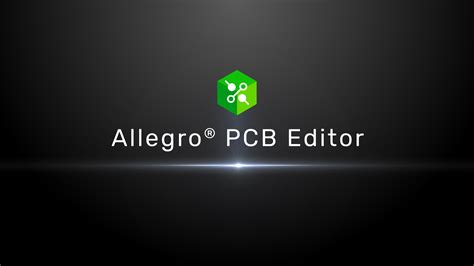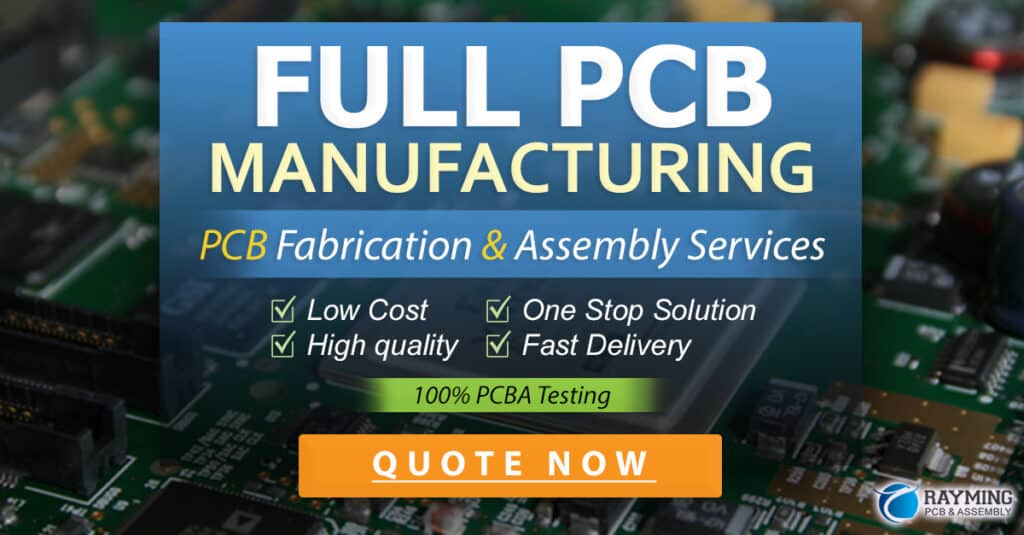Understanding the Role of a PCB Designer
Before diving into interview preparation, it’s essential to understand what a PCB designer does and the skills required for the job. A PCB designer is responsible for creating the layout and schematics for printed circuit boards, which are essential components in electronic devices. The role involves working closely with electrical engineers, mechanical engineers, and other team members to ensure that the PCB design meets the required specifications and functions as intended.
Key skills for a PCB designer include:
– Proficiency in PCB design software (e.g., Altium Designer, OrCAD, Eagle)
– Knowledge of electronic components and their characteristics
– Understanding of PCB manufacturing processes and constraints
– Familiarity with industry standards and regulations
– Strong problem-solving and analytical skills
– Excellent communication and teamwork abilities
Preparing for the Interview
Once you have a solid understanding of the PCB designer role, it’s time to start preparing for your interviews. Here are some key steps to take:
Research the Company
Before each interview, take the time to research the company you’re applying to. Visit their website, read about their products or services, and try to understand their mission and values. This will not only help you tailor your responses to their specific needs but also demonstrate your genuine interest in the company.
Review Your Portfolio
As a PCB designer, your portfolio is one of your most valuable assets. Make sure to review your past projects and select the ones that best showcase your skills and experience. Be prepared to discuss the challenges you faced, the solutions you implemented, and the outcomes you achieved. If possible, bring physical samples of your work to the interview to provide a tangible demonstration of your abilities.
Practice Common Interview Questions
While every interview is unique, there are some common questions that you can expect to be asked. Here are a few examples:
- Can you walk me through your design process for a typical PCB project?
- How do you handle conflicting requirements or constraints in a design?
- What experience do you have with different PCB design software packages?
- How do you ensure that your designs are manufacturable and meet industry standards?
- Can you describe a particularly challenging project you worked on and how you overcame the obstacles?
Practice answering these questions out loud, focusing on providing specific examples and demonstrating your problem-solving skills.
Prepare Your Own Questions
At the end of most interviews, you’ll be given the opportunity to ask questions of your own. This is your chance to demonstrate your interest in the company and the role, as well as to gather important information that will help you make an informed decision if offered the job. Some questions you might consider asking include:
- What does a typical day look like for a PCB designer in this company?
- What are the biggest challenges facing the PCB design team currently?
- What opportunities are there for professional development and growth within the company?
- Can you describe the company culture and the team dynamics?
- What are the next steps in the interview process, and when can I expect to hear back?

During the Interview
When the day of the interview arrives, it’s normal to feel nervous, but remember that preparation is key. Here are some tips to help you make a great impression:
Dress Appropriately
While the dress code for PCB designers may vary depending on the company, it’s always best to err on the side of professionalism. Opt for business casual attire, such as a collared shirt and slacks or a skirt and blouse. Avoid anything too casual, such as jeans or t-shirts, unless specifically instructed otherwise.
Bring Necessary Materials
Make sure to bring multiple copies of your resume, your portfolio, and any other relevant materials, such as references or certifications. It’s also a good idea to bring a notepad and pen to take notes during the interview.
Be Confident and Enthusiastic
Confidence is key in any interview, so make sure to project a positive and self-assured demeanor. Smile, make eye contact, and speak clearly and confidently when answering questions. Demonstrate your enthusiasm for the role and the company, and don’t be afraid to showcase your personality and passion for PCB design.
Listen Carefully and Ask for Clarification
During the interview, make sure to listen carefully to each question and take a moment to formulate your response before speaking. If you’re unsure about what the interviewer is asking, don’t hesitate to ask for clarification. This shows that you’re engaged and want to provide the most accurate and relevant answer possible.
Provide Specific Examples
Whenever possible, provide specific examples from your past experience to illustrate your skills and accomplishments. For instance, if asked about your experience with a particular PCB design software, don’t just say that you’re proficient in it. Instead, describe a project where you used the software to overcome a design challenge or achieve a particular goal.

After the Interview
Once the interview is over, your work isn’t done. Here are some steps to take to follow up and maximize your chances of landing the job:
Send a Thank-You Note
Within 24 hours of the interview, send a thank-you note to the interviewer(s) expressing your appreciation for their time and reiterating your interest in the position. This can be done via email or a handwritten note, depending on the company culture and your personal preference.
Follow Up
If you don’t hear back from the company within the timeframe they provided, it’s appropriate to follow up with a polite email or phone call. Reiterate your interest in the position and ask about the status of your application. Don’t be discouraged if you don’t receive an immediate response, as the hiring process can often take longer than expected.
Continue Your Job Search
While waiting to hear back from the company, continue your job search and apply to other positions that interest you. This will help keep your momentum going and increase your chances of finding the right opportunity.

Frequently Asked Questions
What education and experience are required to become a PCB designer?
A: Most PCB designer positions require a bachelor’s degree in electrical engineering, computer engineering, or a related field. However, some companies may accept an associate’s degree or relevant work experience in lieu of a four-year degree. In addition to formal education, hands-on experience with PCB design software and a strong portfolio of past projects are essential for landing a job in this field.
What are the most important skills for a PCB designer to have?
A: The most important skills for a PCB designer include proficiency in PCB design software, knowledge of electronic components and their characteristics, understanding of PCB manufacturing processes and constraints, familiarity with industry standards and regulations, strong problem-solving and analytical skills, and excellent communication and teamwork abilities.
What is the typical salary range for a PCB designer?
A: The salary range for a PCB designer can vary depending on factors such as location, experience level, and company size. According to data from PayScale, the median annual salary for a PCB designer in the United States is around $65,000, with entry-level positions typically starting around $50,000 and experienced designers earning upwards of $90,000 per year.
What career advancement opportunities are available for PCB designers?
A: PCB designers can advance their careers by taking on more complex projects, leading design teams, or moving into management roles such as PCB design manager or director of engineering. Some designers may also choose to specialize in a particular area of PCB design, such as high-speed or RF design, or pursue additional education and certifications to enhance their skills and marketability.
What are some common challenges faced by PCB designers?
A: PCB designers often face challenges such as conflicting design requirements, tight deadlines, and the need to balance performance, cost, and manufacturability. Other common challenges include keeping up with rapidly evolving technologies and industry standards, collaborating effectively with cross-functional teams, and troubleshooting issues that arise during the design and manufacturing process.
Conclusion
Landing your first job as a PCB designer can be a challenging but rewarding experience. By understanding the role and its requirements, preparing thoroughly for interviews, and following up effectively, you can increase your chances of success and launch your career in this exciting field. Remember to showcase your skills, experience, and passion for PCB design, and don’t be afraid to ask questions and seek guidance from more experienced colleagues. With hard work and dedication, you can build a successful and fulfilling career as a PCB designer.
| Skill | Description |
|---|---|
| PCB Design Software Proficiency | Expertise in using industry-standard PCB design software such as Altium Designer, OrCAD, or Eagle. |
| Electronic Component Knowledge | Understanding of the characteristics, functions, and limitations of various electronic components used in PCB design. |
| PCB Manufacturing Process Familiarity | Knowledge of the processes involved in PCB fabrication, assembly, and testing, as well as the associated constraints and best practices. |
| Industry Standards and Regulations | Familiarity with relevant industry standards (e.g., IPC) and regulations governing PCB design and manufacturing. |
| Problem-Solving and Analytical Skills | Ability to analyze complex design requirements, identify potential issues, and develop effective solutions. |
| Communication and Teamwork | Strong written and verbal communication skills, as well as the ability to collaborate effectively with cross-functional teams. |

No responses yet